By Gabby Johnson, Trainer and Assessor, CERTLOC.
The effective location of underground services requires not only good plan reading and problem-solving skills but also the use of specialised tools to enhance accuracy and reliability. While we are all familiar with the standard EMF locator, incorporating additional tools and equipment can help you adapt to diverse job requirements and significantly improve outcomes for your clients.
For aspiring Certified Locators, prior to undertaking the Practical Assessment, you must ensure you have all the required equipment. The ‘Required Equipment List’ is available online at certloc.com.au and also appears in the Candidate Manual. At the practical assessment you will be required to acknowledge that you have read the Candidate Manual, and you must present with all the required equipment.
As Certified Locators, we often face varied and challenging environments. No two job scopes are the same, and having the right tools and equipment on hand can make all the difference. Below is a list of additional tools that can enhance your performance in the field. It’s not exhaustive, but each one plays a valuable role in supporting accuracy, efficiency, and ultimately client satisfaction.
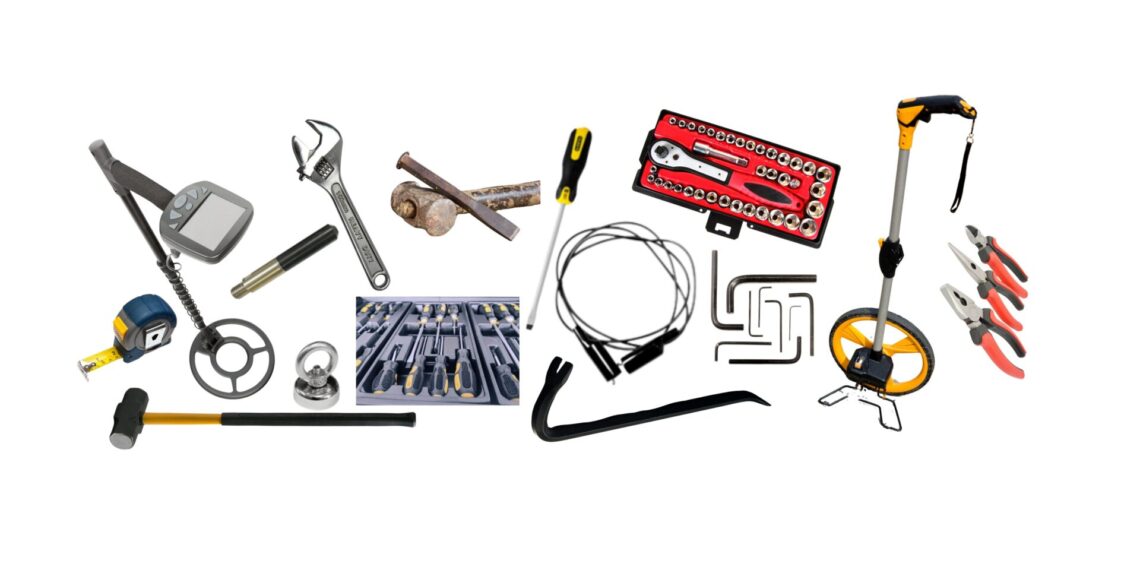
Magnet (a.k.a. ‘Fishing Magnet’): A strong magnet can be a valuable asset, especially when tracing services such as metallic street lighting. You can also use the magnet and attach it to your red conductive lead and lower the magnet onto a conductive water main that has been exposed. Some EMF locator kits include a similar magnet when purchased new, but they’re often missing from second-hand kits. Magnets can be purchased from eBay and other suppliers.
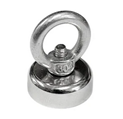
Far-End Earthing: Far-end earthing is a key principle in EMF locating. Attaching an earth stake to the far end of a trace wire or traceable rodder greatly assists with current flow. However, most new EMFs don’t include the necessary gear to be able to perform this. For this reason, we encourage you to put these items together yourself. A simple setup—such as an insulated wire and a long screwdriver—is a highly effective addition to your kit.
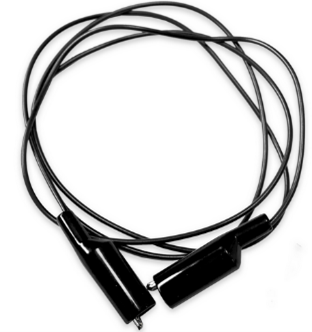
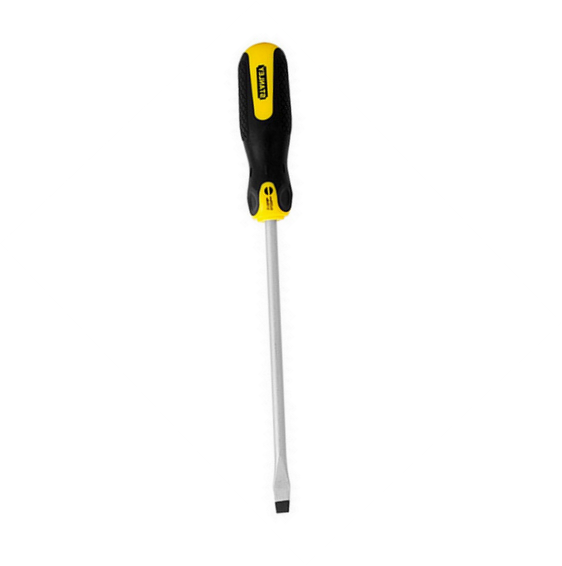
Sonde: A sonde is a radio transmitter that can be attached to the end of a rodder and inserted into conduits or pipes. Available in a variety of sizes and transmitting frequencies, sondes provide very accurate locating. They are also a very useful tool for locating a blockage in a conduit and for use in areas that are highly congested with conductive services. All CERTLOC Certified Locators are required to carry a sonde as part of their standard equipment.
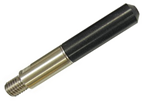
Metal Detector: Metal detectors are useful for locating metallic pit lids, which can be buried or obscured. Often these pit lids have been covered due to flooding or when roadways are resurfaced.
General Hand Tools: A versatile selection of hand tools is essential. Include items like screwdrivers, Allen keys, a socket set, chisels, pliers, and a shifter. These are particularly helpful for accessing the many different pit locks and bolts you will come across. Always ensure you’re working Asset owners’ rules when accessing locked pits.
Why It Matters
A good Certified Locator is one that can adapt to suit their clients’ needs, can troubleshoot and provide those ever so important answers about where the services are within a scope of works. The ability to be creative and use additional tools to minimise the amount of Quality D locating is what strengthens the industry. In a competitive market, it’s this kind of professionalism and attention to detail that builds trust and encourages repeat business.